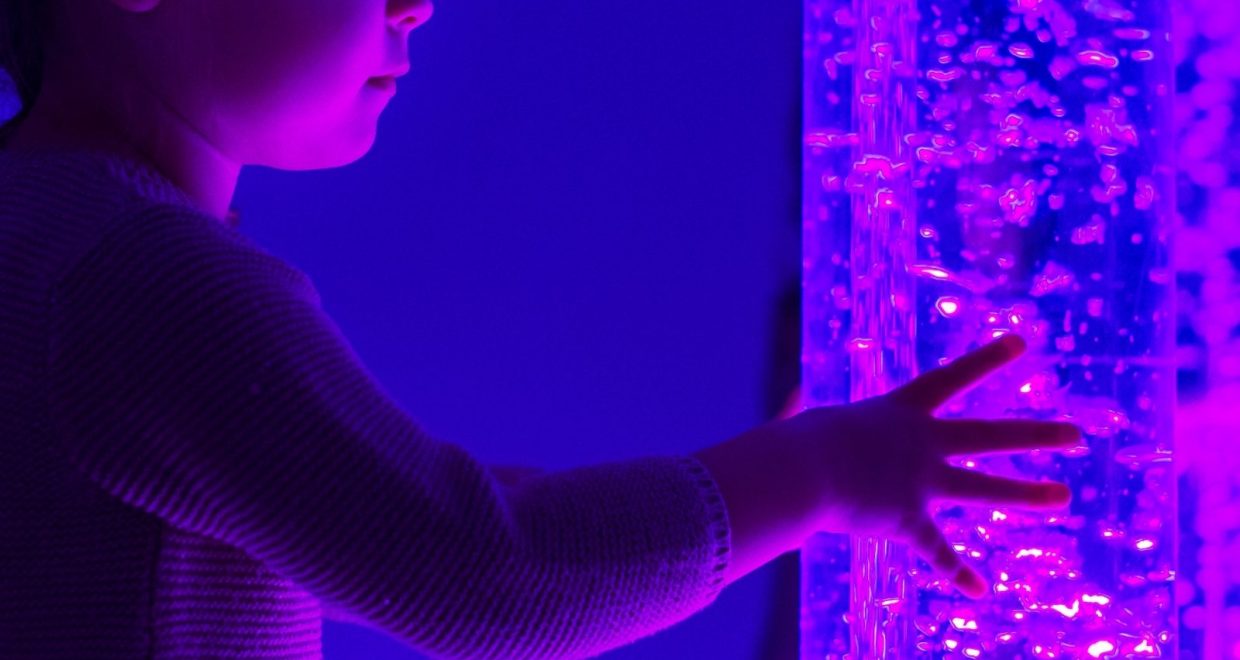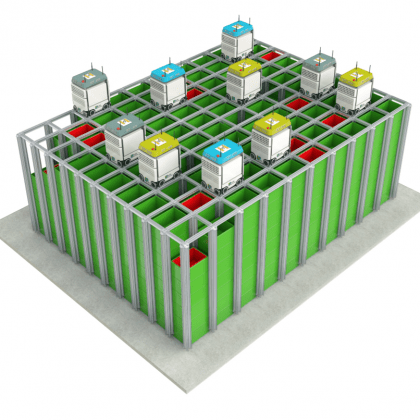Is the female autism brain different?
The RCPsych Article of the Month for April is ‘Deep learning identifies robust gender differences in functional brain organization and their dissociable links to clinical symptoms in autism’ and the blog is written by author Kaustubh Supekar published by The British Journal of Psychiatry.
‘Our 5-year-old-daughter has been evaluated by multiple clinical psychologists for autism spectrum disorder with all of them saying she doesn’t meet the criteria for ASD, even though we strongly believe that she has the disorder’, a case and a conundrum I first heard from a mother in 2011 and from countless other parents since then. The prevalence of ASD in males is more than four times greater than that of females, which further raises concerns that some females with ASD are not being detected and, consequently, not receiving treatment they need, perhaps because ASD manifests differently in females than in males.
Despite a critical need, there is limited research examining differences between females and males with ASD. This is because extant studies have primarily focused on males and neglected females or used mixed samples involving a small number of females, making it difficult to assess gender-related effects with adequate statistical power.
To address this knowledge gap, we collated clinical and brain data from over 17 international sites totaling 773 females and males with ASD and then analyzed the collated data using advanced artificial intelligence-based algorithms that are increasingly being used to examine differences between groups in large-scale data. We found that females with ASD have a different organization of brain systems involved in motor, language, and visuospatial attention compared to their male counterparts. This difference was not seen in typically developing children. We also found that the motor system organization was associated with restricted and repetitive behaviors – a core clinical phenotype of ASD that differs between genders.
Our study provides the first robust evidence that the brains of females and males with ASD are functionally organized differently, contributing to their clinical symptoms in distinct ways. Our discovery of robust neurobiological gender differences in ASD psychopathology has the potential to transform our understanding of the diverse etiologies of the disorder, as well as inform the development of gender-specific diagnosis and treatment strategies.
Deep learning – effectively, teaching computers classification that comes naturally to us – is an area of contemporary interest, and Supekar and colleagues are at the forefront of this in psychiatry. They take a biomedical-first approach further, to explore neuroimaging data in individuals with an autistic spectrum disorder (ASD). Unsupervised classification- for example deep neural networks (DNNs)- aims to find patterns in data without reference to predetermined labelling, but this can be challenging with the high dimensionality of functional neuroimaging data. Here a novel deep neural network was developed with multisite imaging data, with the aim of distinguishing sex specific differences in ASD compared to healthy controls.
This was subsequently evaluated through replication in an independent cohort. The developed spatiotemporal DNN (stDNN) considered multivariate space and time dependant patterns in the data, allowing it to detect subtle changes in multiple brain areas that may accompany complex neuropsychiatric disorders, such as ASD. This is important as such differences would not otherwise be detectable by conventional univariate analysis. The stDNN was successfully trained to distinguish between male and females with ASD but could not distinguish neurotypical male and female controls, suggesting that the brain features, and organisational networks, are condition and sex specific. This has real relevance, highlighting organisational brain differences in males and females that are related to clinical presentations.
Derek Tracy and Rachel Upthegrove
Themed Issue Highlights Editors






